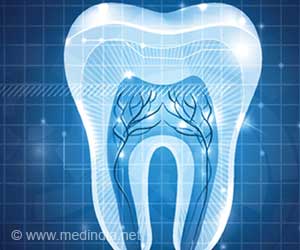In addition to the risk factors for obesity and cardiometabolic diseases, a set of 90 genes found in fat cells could also be contributing to such diseases.

- Cardiometabolic factors like type 2 diabetes, coronary artery disease and obesity are multifactorial and complex diseases.
- They are influenced by a number of lifestyle factors like diet and exercise in addition to genetic factors.
- A set of 90 genes in fat cells have been identified that could potentially influence risk for obesity risk and other cardiometabolic traits.
"There are a lot of regions in our genomes that are associated with increased risk for, let's say, type 2 diabetes. But we don't always understand what's happening in these regions," said Mete Civelek, PhD, of the University of Virginia School of Medicine. "This study actually addresses some of those questions."
Study
The study included 770 Finnish men who had their health histories, body composition, blood work and other wellness factors, well-documented.
The precise documentation allowed the researchers to draw conclusions about the effects of gene variations that naturally occur in subcutaneous fat.
The understanding that genetic factors in conjunction with many other factors like lifestyle, could help in identifying better treatments for cardiometabolic diseases that pose a tremendous public health threat.
Genes in 3D
A 3D view of DNA helped to identify that the DNA the strands are clumped together inside cells.
Genes that appear far away from each other when viewed linearly actually may be quite close when DNA strands are clumped inside the cell. That physical proximity affects what they do.
"For a lot of cases, what we found was that these different genomic regions actually affect gene expression in a far-away locus, not necessarily the immediate neighborhood," he said. "That's because the DNA is compacted and there's a three-dimensional structure. [Genes] can actually come together in three-dimensional space and can affect each other."
The 3D findings can help in identifying the precise role of genes. It may help to understand which genes are at work that actually contribute to a condition.
"We're saying that it may be the gene that we thought was causing a phenomenon is not," Civelek said. "There may actually be another gene at work that is a little bit farther away."
Their findings have been published in the American Journal of Human Genetics.
Reference
- Mete Civelek et al. Genetic Regulation of Adipose Gene Expression and Cardio-Metabolic Traits. American Journal of Human Genetics ; (2017) doi.org/10.1016/j.ajhg.2017.01.027
Source-Medindia















